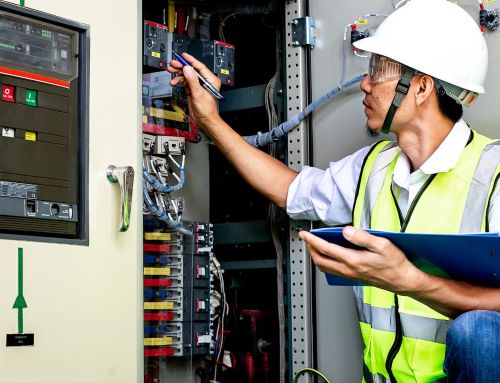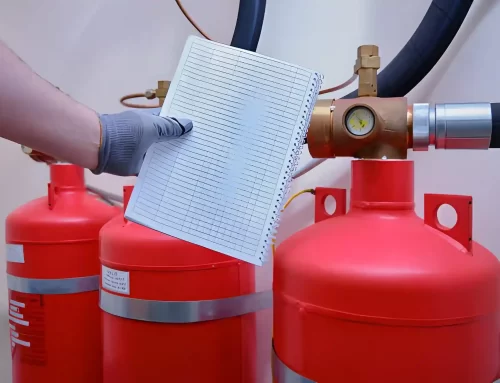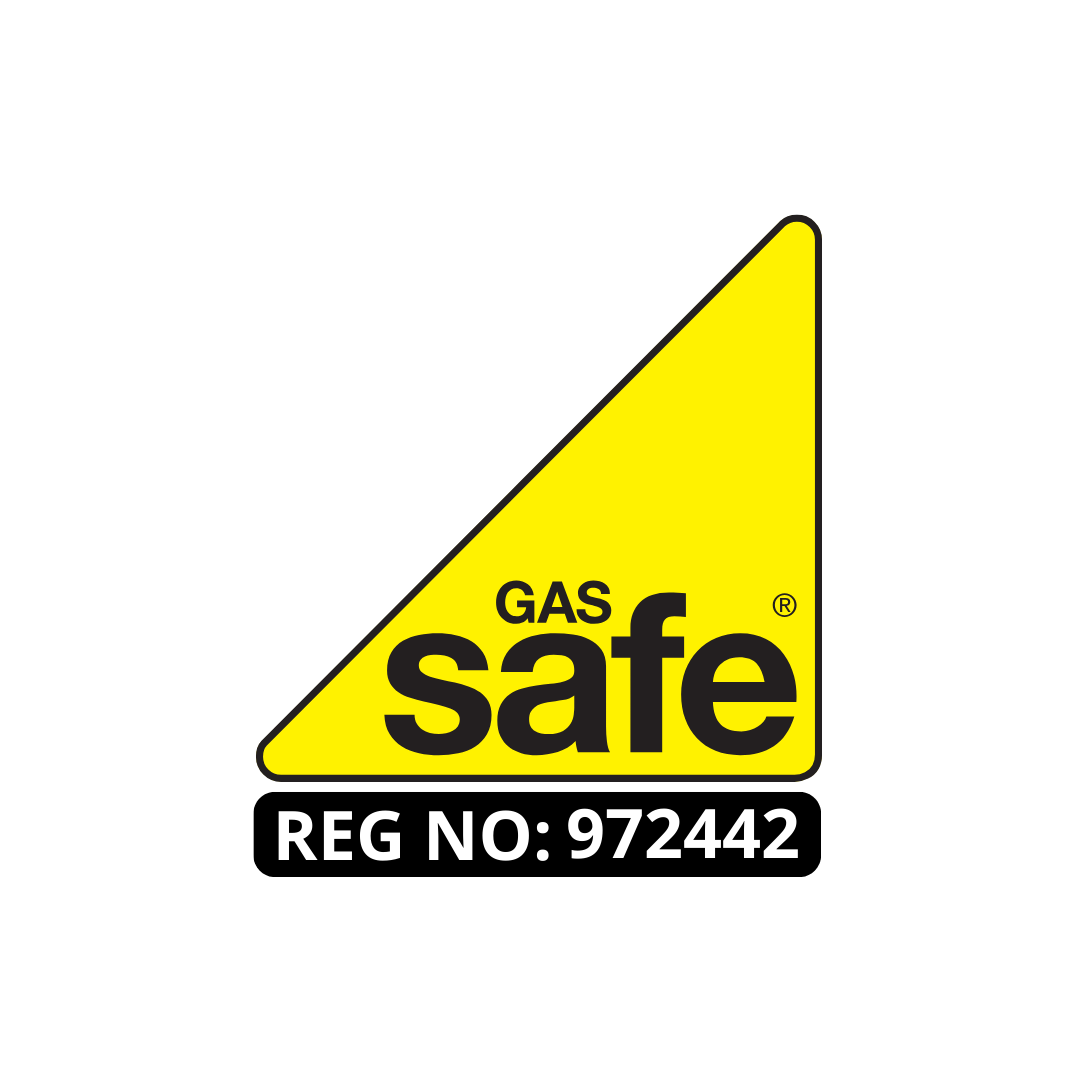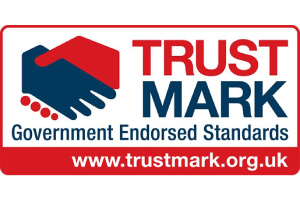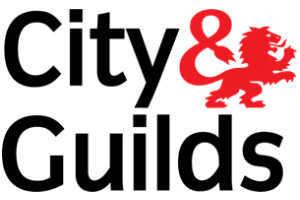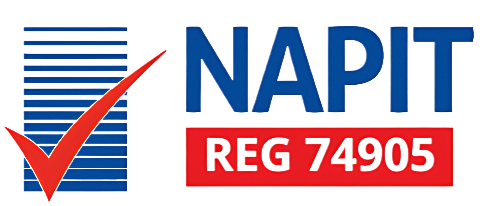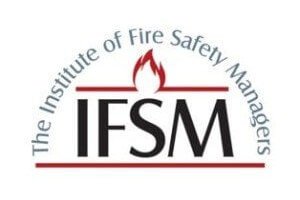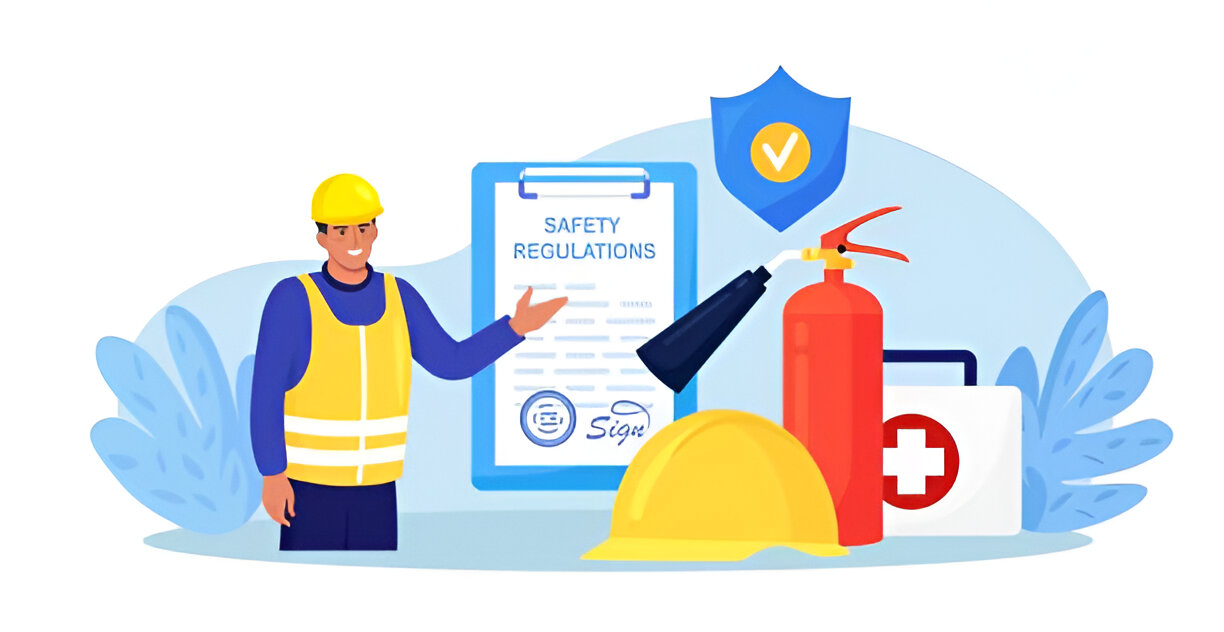
Did you know that, according to the National Fire Protection Association, nearly 60% of home fire deaths result from fires in homes with no smoke alarms?
As a professional in this field, I’ve seen how essential it is to adhere to the common safety measures recommended in a Fire Risk Assessment (FRA). Let’s explore Essential Fire Safety Measures Recommended in a Thorough FRA.
I’m curious, though – do you know what these common measures are? And more importantly, are they implemented in your own home or workplace?
Let’s explore this critical topic together.
Essential Fire Safety Measures Recommended in a Thorough FRA
In an FRA or Fire Risk Assessment, several common fire safety measures are typically recommended to ensure the utmost protection against potential fire hazards. These measures often include the installation of fire detection and alarm systems, as they provide timely alerts in the event of a fire.
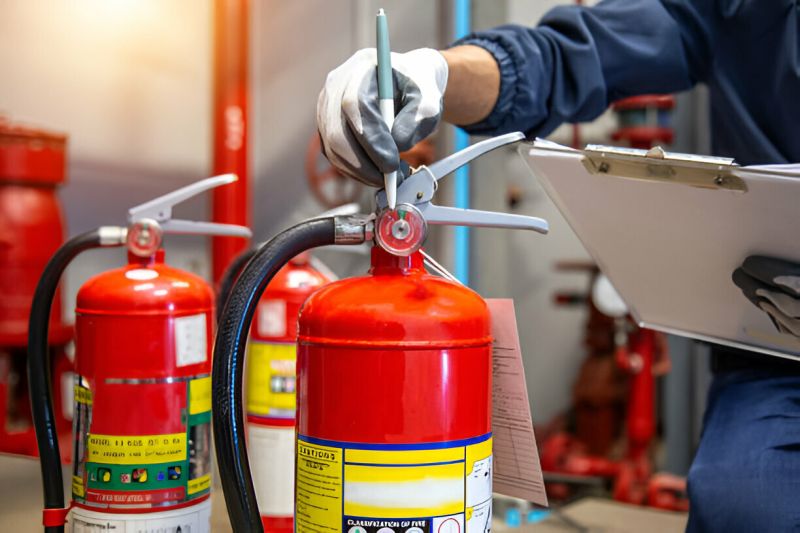
It’s also crucial to have appropriate fire extinguishers readily available and to ensure that they’re maintained regularly. Proper signage to indicate exit routes is another significant measure.
Additionally, it’s vital to establish proper storage for flammable and combustible materials, as well as enforce a no-smoking policy in areas where these materials are stored.
what are the 5 fire safety rules?
To ensure the utmost safety in the face of potential fire hazards, we must adhere to the five fundamental fire safety rules.
First, we must install and maintain smoke detectors. These devices are our first line of defense, alerting us to the presence of smoke even before flames become visible.
Second, having a clearly defined and well-practiced fire escape plan is crucial.
Third, we should keep flammable materials away from ignition sources.
Fourth, we must always adhere to safety guidelines when using and storing flammable liquids.
Finally, the fifth rule is to ensure all electrical equipment is used and maintained correctly, as faulty equipment can easily start a fire.
Adherence to these rules can significantly reduce fire-related risks.
Fire safety tips workplace
Building on these fundamental rules, let’s explore specific fire safety measures that can be implemented in the workplace setting.
First, it’s crucial to have a comprehensive fire safety plan in place that all employees are familiar with. This plan should outline evacuation procedures, location of fire extinguishers, and emergency exits.
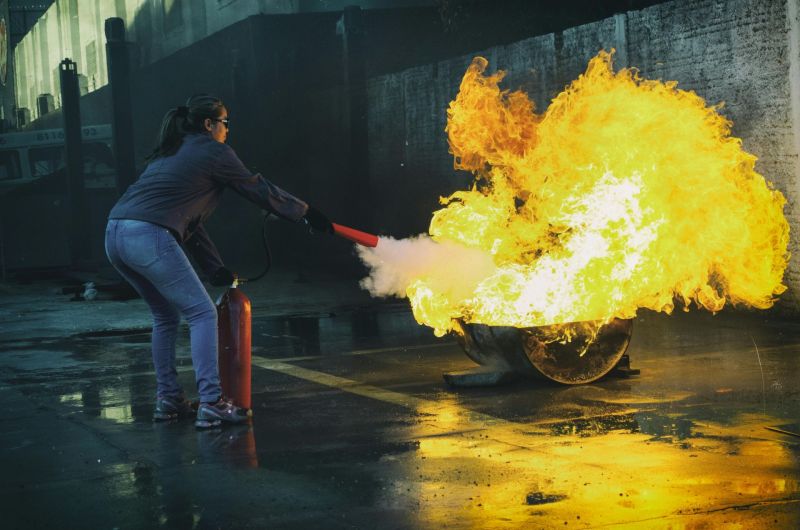
Secondly, regular fire drills are essential to ensure everyone knows how to respond in case of a fire.
Thirdly, electrical equipment should be regularly inspected to prevent electrical fires. I also recommend training employees on using fire-fighting equipment and recognizing fire hazards.
Lastly, always maintain clear pathways to emergency exits. Remember, fire safety is everyone’s responsibility in the workplace.
10 fire safety tips at home
Switching our focus to residential settings, it’s equally important to implement fire safety measures at home to protect your loved ones and property. First, install smoke detectors on each level of your home, especially near bedrooms; they’re your first alert in case of a fire. Regularly test and replace batteries to ensure they’re functioning. Have a fire extinguisher readily available and ensure all family members know its location and how to use it.

Plan and practice a home escape plan, with two ways out of every room. Always keep exits clear. For homes with higher floors, have escape ladders readily available.
Lastly, be mindful of fire risks like overloaded outlets, unattended candles, and unwatched cooking. It’s not just about preparing for a fire, but preventing one.
Frequently Asked Questions
What Are the Legal Responsibilities of a Business Owner about Fire Safety?
As a business owner, I’m legally required to conduct regular fire risk assessments, maintain fire safety equipment, provide fire safety information and training to staff, and ensure escape routes are clear at all times.
How Are Fire Safety Measures in Schools Different From Other Establishments?
In schools, fire safety measures often include more frequent drills and specific protocols for children. They’re different from other establishments due to the necessity of keeping large numbers of young, untrained individuals safe.
How Often Should Fire Safety Equipment Like Extinguishers and Alarms Be Checked or Replaced?
As a safety expert, I’d recommend checking fire safety equipment, such as extinguishers and alarms, every month. They should be replaced every 10 years, or sooner if they’re not functioning correctly. Regular maintenance is crucial.
What Are Some Specific Fire Safety Considerations for High-Rise Buildings?
In high-rise buildings, specific fire safety considerations include ensuring clear evacuation routes, installing fire-resistant doors, maintaining sprinkler systems, and regular fire drills. It’s crucial to have a detailed, well-communicated fire emergency plan.
How Can Individuals With Mobility Issues Ensure Their Safety in Case of a Fire?
As an individual with mobility issues, I’d ensure my safety by having a personalized evacuation plan. I’d also keep essential aids within reach, live on a lower floor, and regularly check smoke detectors.
Conclusion
In closing, it’s crucial to remember the five fire safety rules and implement them in both our workplaces and homes. These measures, as recommended in a Fire Risk Assessment (FRA), could be lifesaving.
It’s about being vigilant, prepared, and educated. Let’s not wait for a fire incident to take action. Stay safe by staying informed and taking proactive steps towards fire safety.
After all, prevention is always better than cure.
About the Author: LandlordCertificate
Related Posts
Get Social
Recent Posts
- UK Gas Safety Regulations for Landlords & Tenants: Introduction to Gas Safety Certificates
- Check If Your Gas Engineer is Registered: London Gas Safety Certificate London
- Fire Risk Assessment London Complete Guide to Compliance and Legal Responsibilities
- The Role of EICR London in Maintaining Safe Properties
- Fire Safety Report as a Smarter Way to Prove Compliance


